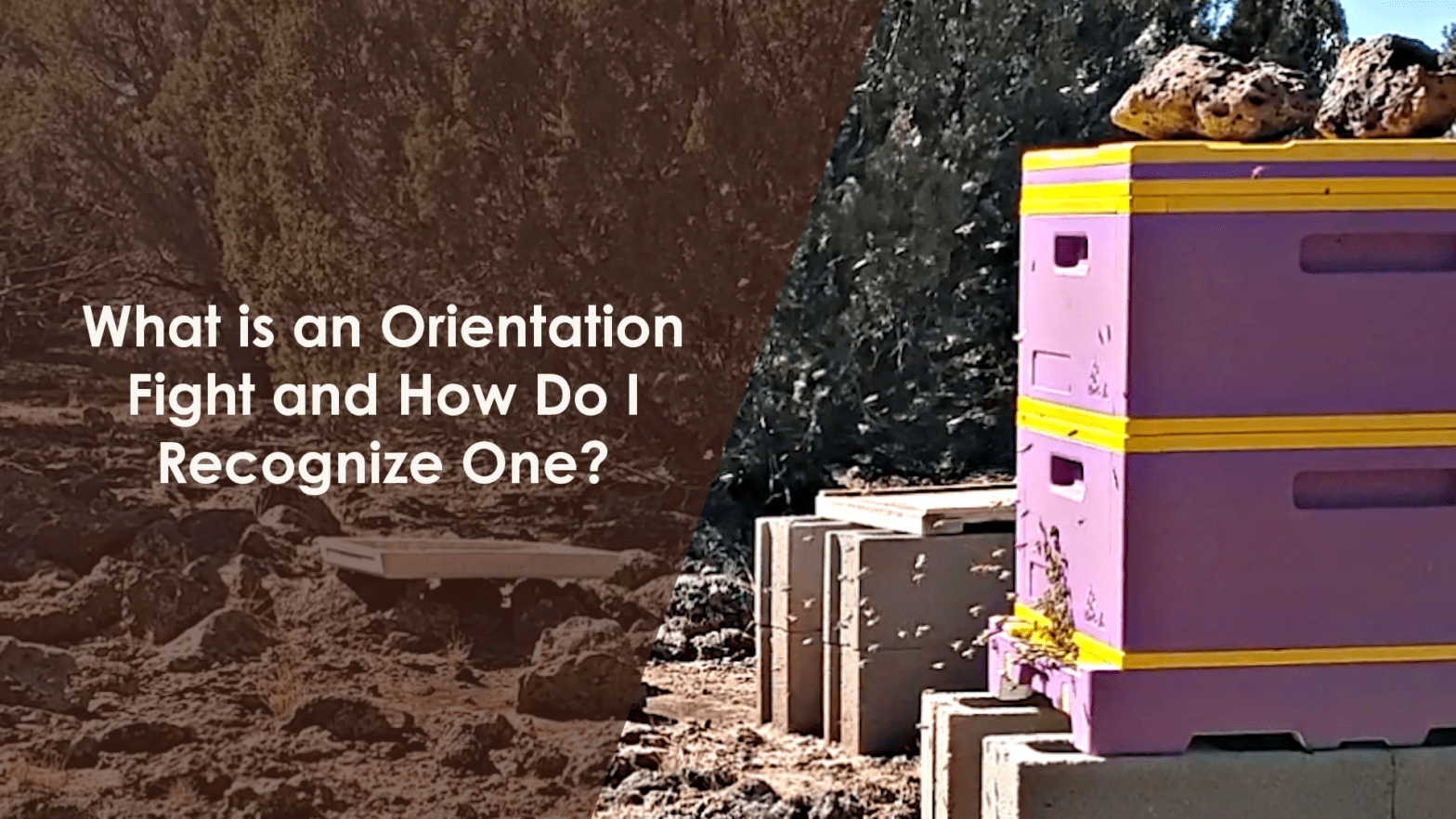Seeing a large number of bees outside your hive can be a bit startling, especially if you’re not sure what’s happening. But don’t worry—this is likely an orientation flight, an important milestone for your bees. Let’s break down what orientation flights look like and why they’re happening.
- Observation of Bees Outside the Hive
- If you notice bees outside your hive, some may be flying around, others might be clinging to the bottom box near the entrance, and some will gather around the entrance.
- These bees generally look calm and will likely be flying in a figure-eight pattern, rather than erratically or aggressively.
- No signs of fighting or “robbing” behavior (when bees from other colonies invade a hive to steal honey) are present, which is a positive sign that the hive is safe and undisturbed.
- Bees Facing the Hive
- During an orientation flight, bees face the hive as they fly. This behavior helps them memorize what the hive looks like, where it is, and exactly where the entrance is located.
- Climbing and Backward Push-off
- You’ll also notice bees climbing up the side of the hive from the entrance, then pushing themselves off backward to start flying.
- This backward push-off is a sign that these bees are young and still learning the basics of flight.
- Since they haven’t used their wings much yet, pushing off from the hive provides a safer, more controlled way for them to begin flying.
- Significance of Orientation Flights
- Orientation flights mark a big step in a bee’s life. During this time, young bees are transitioning from hive maintenance tasks to new roles in foraging and honey production.
- These flights are a bee’s way of familiarizing itself with the environment before venturing out to gather nectar and pollen.
So, if you see this behavior around your hive, it’s actually a positive sign. Your bees are healthy, growing, and ready to take on new responsibilities!

